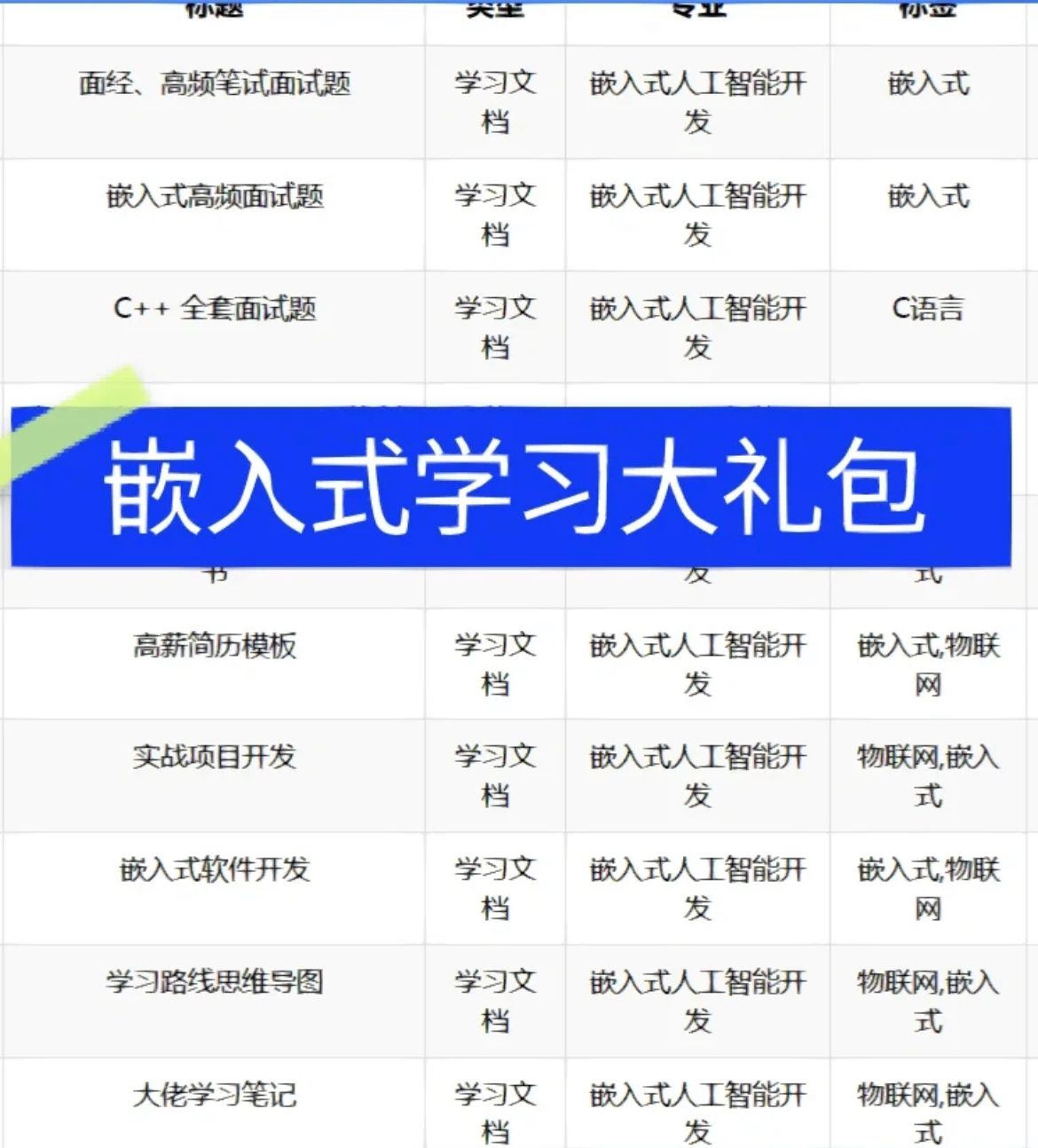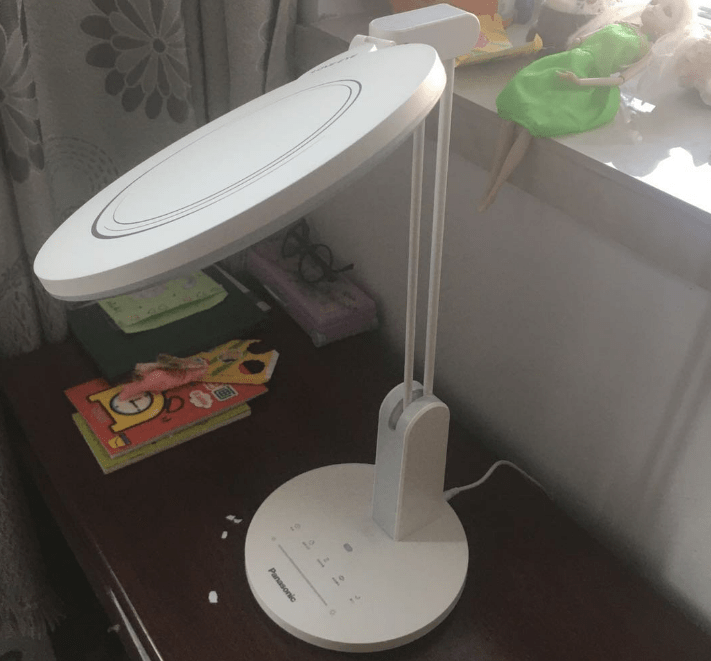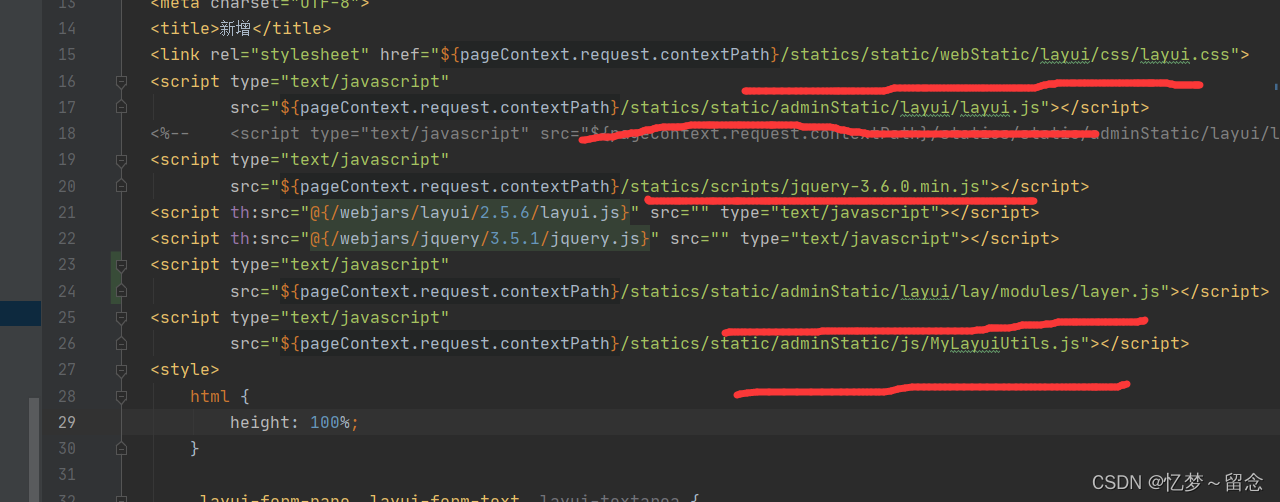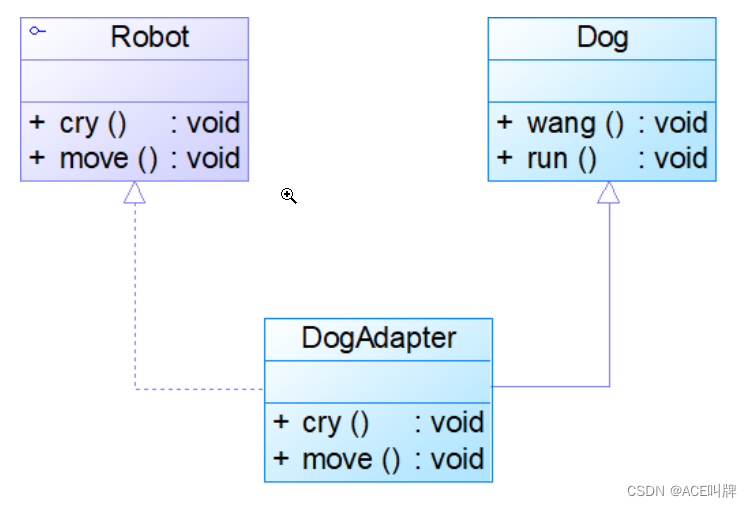
//请你仅使用两个队列实现一个后入先出(LIFO)的栈,并支持普通栈的全部四种操作(push、top、pop 和 empty)。
//
// 实现 MyStack 类:
//
//
// void push(int x) 将元素 x 压入栈顶。
// int pop() 移除并返回栈顶元素。
// int top() 返回栈顶元素。
// boolean empty() 如果栈是空的,返回 true ;否则,返回 false 。
//
//
//
//
// 注意:
//
//
// 你只能使用队列的基本操作 —— 也就是 push to back、peek/pop from front、size 和 is empty 这些操作。
// 你所使用的语言也许不支持队列。 你可以使用 list (列表)或者 deque(双端队列)来模拟一个队列 , 只要是标准的队列操作即可。
//
//
//
//
// 示例:
//
//
//输入:
//["MyStack", "push", "push", "top", "pop", "empty"]
//[[], [1], [2], [], [], []]
//输出:
//[null, null, null, 2, 2, false]
//
//解释:
//MyStack myStack = new MyStack();
//myStack.push(1);
//myStack.push(2);
//myStack.top(); // 返回 2
//myStack.pop(); // 返回 2
//myStack.empty(); // 返回 False
//
//
//
//
// 提示:
//
//
// 1 <= x <= 9
// 最多调用100 次 push、pop、top 和 empty
// 每次调用 pop 和 top 都保证栈不为空
//
//
//
//
// 进阶:你能否仅用一个队列来实现栈。
//
// Related Topics 栈 设计 队列 👍 814 👎 0
import java.util.LinkedList;
import java.util.Queue;
//leetcode submit region begin(Prohibit modification and deletion)
class MyStack {
Queue<Integer> queueStack;
Queue<Integer> queueTemp;
public MyStack() {
queueStack = new LinkedList<>();
queueTemp = new LinkedList<>();
}
public void push(int x) {
while (!queueStack.isEmpty()) {
queueTemp.offer(queueStack.poll());
}
queueStack.offer(x);
while (!queueTemp.isEmpty()) {
queueStack.offer(queueTemp.poll());
}
}
public int pop() {
return queueStack.poll();
}
public int top() {
return queueStack.peek();
}
public boolean empty() {
return queueStack.isEmpty();
}
}
/**
* Your MyStack object will be instantiated and called as such:
* MyStack obj = new MyStack();
* obj.push(x);
* int param_2 = obj.pop();
* int param_3 = obj.top();
* boolean param_4 = obj.empty();
*/
//leetcode submit region end(Prohibit modification and deletion)



















